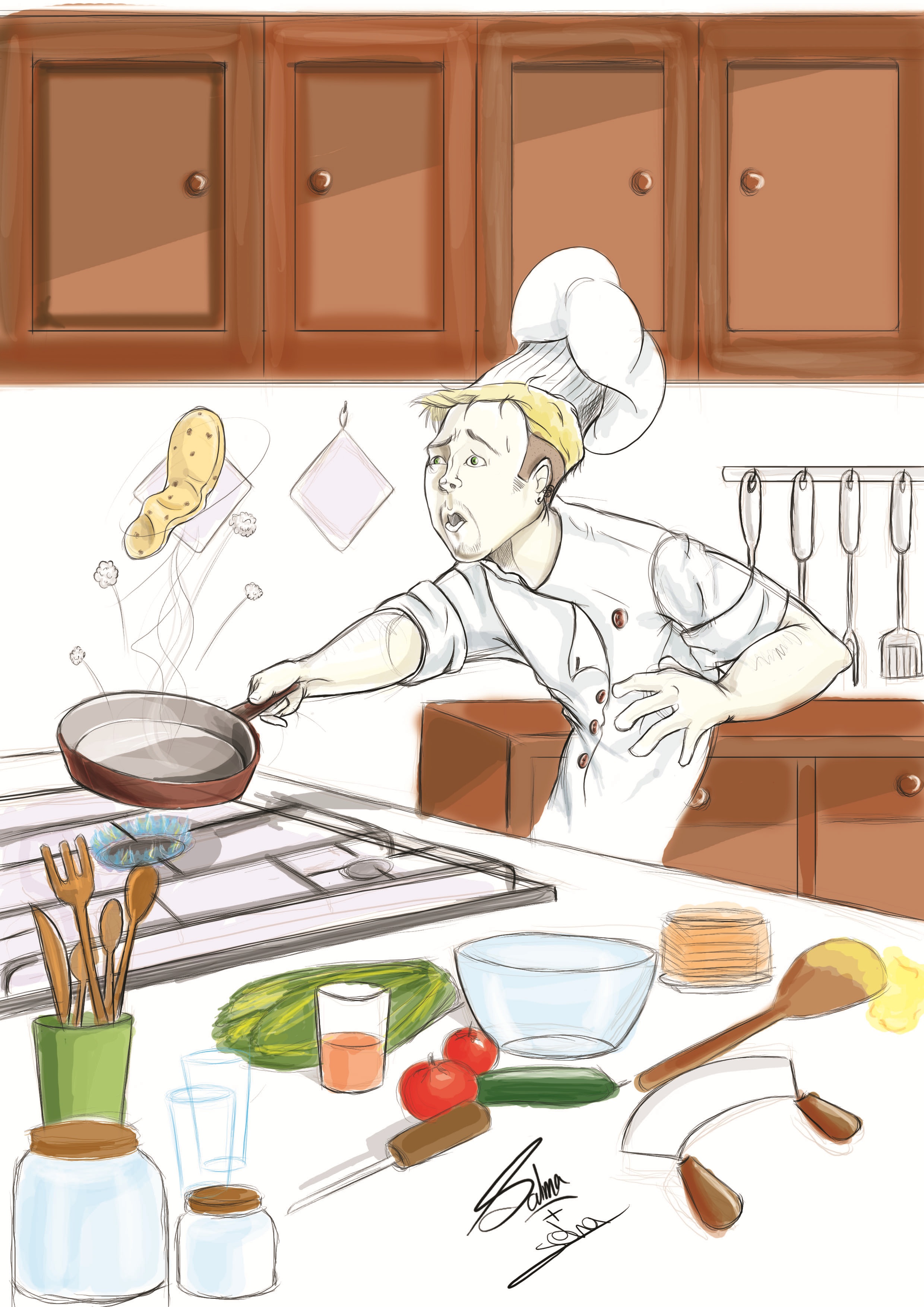Pressing play, my sister begins showing the first few minutes of a home video — our trip to France and Italy in 1995. We throw our heads back in laughter, discuss our bizarre choice of clothing and animatedly point out funny moments to our husbands, those that missed the awkward years of our lives.
I spot a lost moment in time, one that I cannot recall; a father leaning against the railing of the Bateau Mouche chats with his young daughter, so engrossed in the conversation they forget to see the river Seine. It is then that I forget to continue watching.
Eyes fixed on the screen, I drift away to a garden I once knew; there are teeth piercing through thick mango skin to release its pulp redolent with notes of honey, frogs croaking at the Indian monsoon downpour, glimpses of women walking barefoot on the cool terrace, a single strand of my father’s silver hair falling to the ground and scents of ghee tinged with cardamom, of melting sugar, swirling in the pan, sputtering like raindrops popping upwards, breaking free.
I have spent the last few years chasing a smell. Evading me on the streets of Cairo, escaping me in even the most Indian of quarters in Malaysia, it seemed at one point that I would only find it again in India, in the home of a man I have not seen in 13 years — my father.
In the past few years, I have started to build an invisible relationship with my father — one that is there but is not yet a functioning reality. I have come closer to him through the beautiful knives he left behind; through Claudia Roden’s “A Book of Middle Eastern Food” (1968) that was hiding in the midst of his countless classic cook books collecting dust in my mother’s bookcase; through my moods, my traits, my hands — the same ones I share despite the time spent apart. Could it be possible that my affair with the kitchen, good knives and intimidating cook books comes from my father?
Another year is coming to a close and I have ended my search for the magical scent that would take me back to my father’s home. Finally hunting it down and finding out the name of this rich dessert that I’ve had only in my dad’s house, I made suji halwa today and sat alone in my own home with my warm bowl, taking mouthfuls of bittersweet memories, willing them to melt away in my mouth.
Failing annually at keeping my elaborate new year’s resolutions, this year I will strive to achieve the first thing on my list — the most difficult resolution: to find the Indian in me by getting to know my father for the first time. If this one works, the rest shall follow.
Find the family you’ve fallen out of sorts with, re-establish your relationships with friends. Reconnect the dots and search long and hard for the roots to your passions. Feast on the food of your people. Follow the trail of your own suji halwa — that elusive scent, difficult as it may be.
Suji Halwa
This dessert is often brought to temple or puja (prayer) as prasad, an edible offering.
You’ll need:
1 cup of semolina
3 cups of water
1 cup of sugar
3 cardamom pods, peeled and crushed
10 almonds, peeled and thinly sliced
6 pistachios, finely chopped
A small palmful of raisins
Over moderate heat, combine the water and sugar in a saucepan. Stir to dissolve the sugar entirely. Allow it to boil once then reduce the heat to low. Cover your syrup with a tight-fitting lid and let it simmer.
On low heat and in a pot, melt the ghee. Add the semolina and stir in the ghee for about 15 minutes. Fry until it reaches a golden color and becomes aromatic. Add the almonds and pistachios to the semolina after about 5 minutes of frying.
Turn up the heat under the syrup and add the raisins and cardamom. Bring to a boil. Raise the heat under the semolina and stir continuously for 1 minute. Take the semolina off the heat and carefully pour the syrup into the semolina, stirring always. At first, it might splatter but will quickly absorb the liquid and stop.
Bring the semolina-syrup mixture back to the stove on very low heat and stir steadily until the semolina has absorbed the syrup completely. The halwa will now start to look slightly like pudding and will begin to pull away from the sides of the pan. Cover and cook for 5 minutes over the lowest flame possible. Remove from the heat and allow it to steam for 5 minutes before serving. Halwa can be served for breakfast with a side of fried puri bread or as a rich dessert. Always serve hot.
Blog: http://www.buttered-up.com
Twitter: @butteredupblog
Facebook: http://www.facebook.com/butteredup
Email: [email protected]

